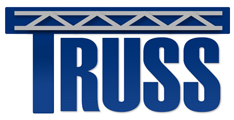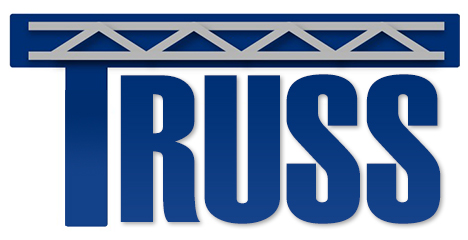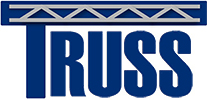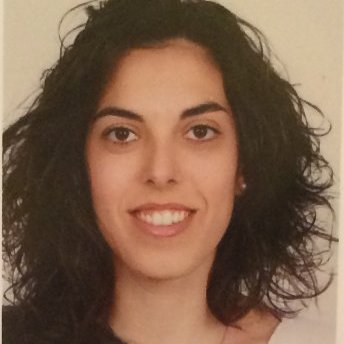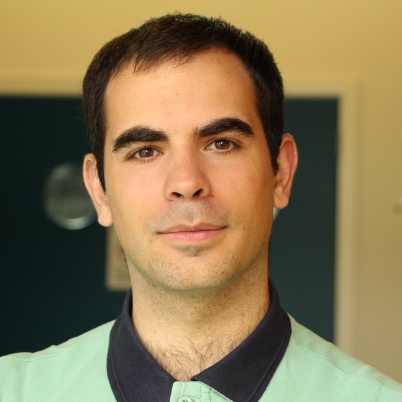 Early Stage Researcher
Early Stage ResearcherEquipos Nucleares SA (Spain)
Project 3: Reduction of uncertainty in design of free standing nuclear spent fuel rack
Research Interests:
Structural engineering; Finite element method (FEM); Computational fluid dynamics (CFD); Fluid-structure interaction (FSI); Physical models; Structural safety; Hydraulic structures; Computer programing; Process improvement
Biography:
He studied and earned a double Master’s degree in Civil Engineering from both “Escuela de Caminos, Canales y Puertos” in Santander and “Ecole des Ponts et Chaussées” in Paris. During this exchange program, aimed at high-performance students, he was focused on Structural and Hydraulic Engineering and he was granted several academic achievement awards.
Since 2012, he has worked for a multinational company dedicated to inventing, designing and manufacturing Fusegates® worldwide. During these years, he has had the chance to run several model test campaigns and develop new tailored products. This experience has made him realize that an innovative culture is among his highest interests. He joined TRUSS ITN in October 2015.
He truly believes that Research and Development is the best way to improve the reliability of existing structures and it is his desire to contribute in reaching these goals which he believes will shape his future career. A summary of his research highlights and training, dissemination and outreach activities in TRUSS other than network-wide events, is provided in the pdf below, followed by more detailed info on his research outputs.
Research Outputs:
- Beretta, M., Gonzalez Merino, A., Cazaillet, O., and Batterham, R. (2013), ”Quipolly dam: a case study on customizing Fusegates® design for adverse spillway conditions”, in ICOLD Seattle and PKW II. -> Link to presentation
- Beretta, M., Gonzalez Merino, A. and Cazaillet, O. (2013), ”Barrage de Quipolly : Les hausses fusibles (Fusegates ®) adaptées aux conditions extrêmes de l’évacuateur de crues”, CFBR, Chambéry. -> Link to full text
- Kovalev, S., Onipchenko, G., Zyuzin, G., and Mathis, N. (2012) ”Automatic adjustable valve”, Patent No. WO 2013175102 A1. -> Link to patent
Publications in TRUSS
Journal papers
Conference contributions
There is multitude of models available to assess structural safety based on a set of input parameters. As the degree of complexity of the models increases, the uncertainty of their output tends to decrease. However, more complex models typically require more input parameters, which may contain a higher degree of uncertainty. Therefore, it becomes necessary to find the balance that, for a particular scenario, will reduce the overall uncertainty (model + parameters) in structural safety. The latter is the objective of the Marie Skłodowska-Curie Innovative Training Network titled TRUSS (Training in Reducing Uncertainty in Structural Safety) funded by the EU Horizon 2020 research and innovation programme (http://trussitn.eu). This paper describes how TRUSS addresses uncertainty in: (a) structural reliability of materials such as basalt fiber reinforced polymer, (b) testing techniques in the assessment of concrete strength in buildings, (c) numerical methods in computing the non-linear response of submerged nuclear components subjected to an earthquake, (d) estimation of life of wind turbines, (e) the optimal inspection times and management strategies for ships, (f) characterization of the dynamic response of ship unloaders and (g) the relationship between vehicles fuel consumption and pavement condition.-> Link to full text in repository
Spent fuel racks are steel structures designed to store the spent fuel assemblies removed from the nuclear power reactor. They rest in free-standing conditions submerged in the depths of the spent fuel pool. During a strong-motion earthquake, racks undergo large displacements subjected to inertial forces. An accurate estimation of their response is essential to achieve a safe pool layout and a reliable structural design. A transient analysis with direct integration of the equation of motion throughout the whole earthquake duration becomes therefore unavoidable. The computational cost associated to this analysis leads to the use of simplified finite element models giving rise to a certain dose of uncertainty. This paper carries out a parametric analysis of the key modelling properties for a two-rack system. This technique examines the behavior of the main transient outputs as a modelling parameter is systematically varied. Numerical results provide a source of insight into the general behavior of the rack system and an effective tool to propose an efficient and reliable modeling and meshing. The trade-off between outputs and computational cost and is also discussed. [DOI] -> Link to full text in repository
